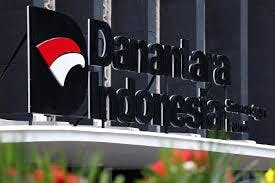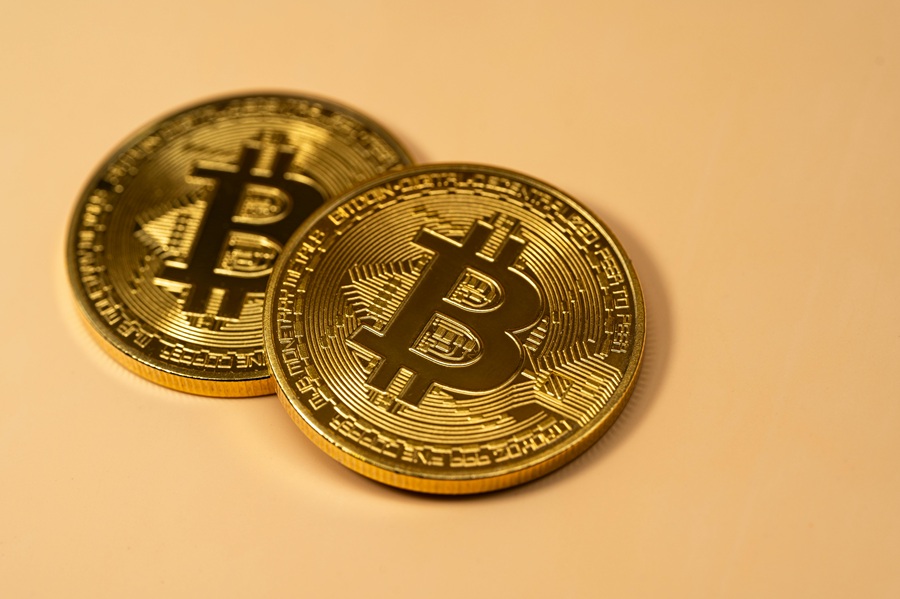Indonesia’s Web3 Ambition Risks Colliding With Beijing’s Playbook

On
However, Danantara could also become a major conduit for Chinese strategic influence in Southeast Asia’s digital infrastructure and governance.
China has rapidly expanded its footprint in Indonesia, becoming the
Now, through co-investment opportunities and strategic partnerships with Danantara, Chinese capital could further embed itself deeper into Indonesia’s Web3 and digital ecosystems. This raises a broader question of how sovereign wealth funds are used globally, not only as economic tools but also as instruments of soft power within the realm of strategic competition.
Sovereign wealth funds as instruments of strategic competition
Sovereign wealth funds, as defined by the
The United States signaled this shift in
Danantara,
This centralization opens doors for foreign co-investment while also raising concern about how foreign influence could take shape within a country’s digital infrastructure. In this case, Telkom Indonesia holds over
WIth this in mind, the nature of foreign partnerships becomes particularly significant on a geopolitical level, particularly when these partners are Chinese state-owned enterprises.
SOE-to-SOE diplomacy and China’s influence architecture
Chinese SOEs such as the State Grid Corporation of China, China National Petroleum Corporation, and China Mobile, bring deep experience in large-scale infrastructure and industrial modernization. Their direct alignment with Danantara’s key focus areas such as green energy, telecommunications, and digital infrastructure, ensures that these Chinese SOEs are natural partners for co-investment and technology transfer.
Joint ventures between Chinese and Indonesian SOEs could result in
Furthermore, Danantara’s focus on sustainable energy and infrastructure aligns directly with China’s own green finance strategy, particularly through initiatives like the BRI.
This model reflects a gray zone tactic of influence in economic statecraft, with the combination of SOE partnerships, financing, and standard-setting playing a huge role in a company’s ability to grow and flourish in the long-term. As a result, the fund could become a strategic node in China’s broader regional strategy, enhancing Beijing’s sway over Indonesia’s digital development trajectory within the realm of Web3 and beyond.
Indonesia, Web3, and Danantara
Indonesia has expressed its desire to modernize its economy in the digital realm by pursuing Web3 as a vehicle for growth. The Indonesian government introduced taxation for digital assets in
Public interest in Web3 has surged in parallel to the Indonesian government’s participation in Web3, most notably in
However, for Web3 to successfully catapult Indonesia into its digital future, Indonesia will have to develop its underlying infrastructure supporting Web3 growth, which includes energy facilities for producing electricity, data centers for hosting data, and telecommunications providers for Internet connectivity. These sectors are already attractive to Chinese investors, but are also critical for enabling decentralized systems and innovation for Indonesians in the digital realm.
The ability for Danantara to co-invest with Chinese SOEs into digital infrastructure could result in cloud services being run on Chinese hardware and standards, and blockchains favoring permissioned and centralized control, as is
Given Web3’s foundational principle of decentralization and empowerment of local developers, Danantara’s Chinese partnerships could create invisible chokepoints removing these opportunities, making Indonesia’s digital future highly dependent on external actors.
Examining the governance risks surrounding Danantara
Danantara’s success will depend on the integrity of its governance structure, with this being of particular focus in light of a recent
To this extent, Danantara’s Temasek-based governance model will hopefully prevail, with a clear focus on
Web3 tools could offer a new, novel layer of accountability as well. Blockchain-based auditing, smart contracts for conditional funding, and decentralized identity (DID) could reinforce transparency across Danantara’s flow of funds.
However, as foreign interest intensifies, these reform-oriented measures will certainly be tested. Without stringent oversight, Indonesia risks replicating patterns seen in other BRI recipient states, where strategic infrastructure has fallen under disproportionate Chinese control. Therefore, robust internal controls and multilateral engagement will be crucial for Danantara to strengthen its guardrails, enabling it to serve Indonesia’s interests versus foreign ones via clear policy interventions.
Policy options for Danantara to safeguard its sovereignty
If Indonesia is looking to successfully leverage Danantara as a catalyst for economic modernization while still safeguarding it from external influence, it must implement specific policy suggestions to ensure it can fulfill its national mission. Two specific courses-of-action for Danantara include utilizing a national investment screening mechanism as well as mandating open-source standards in specific emergent technology projects.
Establishing a foreign investment screening process into strategic sectors would greatly help Indonesia evaluate specific investments and ventures based on factors such as national security and long-term technological dependencies. Similar programs include the United States’ Committee on Foreign Investment (CFIUS) and the European Union’s FDI Screening Regulation. A similar process involving specific government agencies such as Indonesia’s parliament could help oversee this process, ensuring that foreign capital supports, rather than adversely shapes, Indonesia’s national interests.
Additionally, Indonesia could also mandate open-source standardization in its projects specific to things like Web3. Mandating such standards would enable it to not only promote transparency and ensure digital sovereignty, but also prevent undue technological dependency. This approach could also potentially attract support from partners specifically focused on leveraging open digital infrastructure, thus driving further growth to Danantara initiatives.
Policy options such as these could help strengthen Danantara’s institutional integrity while simultaneously supporting Indonesia’s technological and digital sovereignty. In the case of Danantara, Indonesia has a unique opportunity to become a model for balancing growth, governance, and autonomy in today’s era of digital globalization.
Conclusion
All in all, Danantara marks a bold new chapter in Indonesia’s economic strategy. By centralizing SOEs and inviting foreign capital, it aims to fast-track growth and institutional reform. However, in an era where economic and digital tools are increasingly used for strategic ends, the fund also presents a geopolitical dilemma.
Whether Danantara becomes a launchpad for Indonesian Web3 innovation or a potential avenue for foreign control will depend on how Danantara executes its governance structure and partnerships. Therefore, as SWFs evolve into instruments of digital influence, Danantara could either empower Indonesia’s digital future or potentially entrap the archipelago nation into new dependencies that undermine its sovereignty.
Image Source: Reuters
